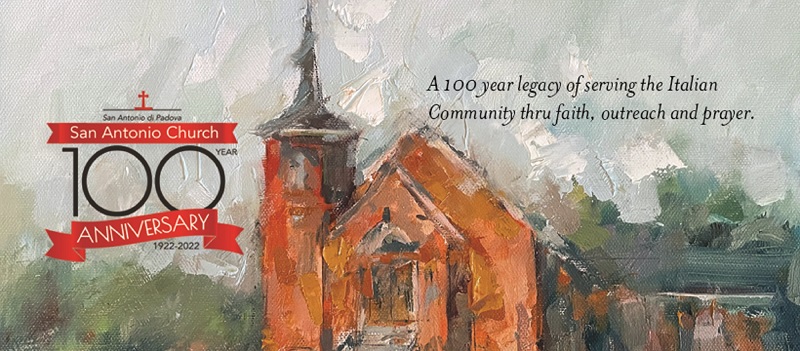We would like to thank everyone who has continued to contribute to the ongoing expenses of San Antonio Church by mailing in their weekly envelopes or by contributing electronically utilizing WeShare . The buttons at the bottom of this post allow you to make online donations directly to the listed account for San Antonio Church.
Weekly Bulletin January 22, 2023
by Terrie Evans
This 3rd Sunday in Ordinary Time is dedicated to The Word of God Sunday as a way to enlighten the faithful about our bonds with God. On September 30, 2019 on the feast of St. Jerome, Doctor of the Church, His Holiness Pope Francis established this day in his honor. St. Jerome was known for his teachings on Christian moral life for his translation of the Bible from Hebrew, Aramaic and Greek into Latin. St. Jerome was a Christian Priest, Confessor, Theologian and historian who had extensive writings, many historical essays and is the Patron saint of Translators, Librarians and Encyclopedists. One of his notable ideas was the perpetual Virginity of Mary and his letters that were widely read and distributed throughout the Christian Empire. On his announcement on the Feast day of St. Jerome, Pope Francis wanted this Sunday devoted to the celebration, dissemination and study on the Word of God. Pope Francis called for this day in response to many requests from the faithful around the globe to earmark a Sunday with a direct focus on The Word of God. He asked and invited local communities who wanted this solemn day to find ways” to mark this Sunday with a certain solemnity”. Some of Pope Francis suggestions, was a way for Pastors to explain the Sacred Scripture for everyone to understand it and enlisted Parishes to distribute Bibles or books of the Bible on Word of God Sunday.
In 2015, during the distribution of Bibles, Pope Francis said, “ Take this Gospel and carry it with you, to read it often, every day. Carry it in your purse, in your pocket, read from it often, a passage every day.” He also asks that we pray for Christian Unity especially as this Sunday falls during the Week of Prayer for Christian Unity celebrated from January 18-25. Pope Francis states “We are encouraged to strengthen our bonds with the Jewish people and to pray for Christian Unity. The celebration of the Sunday of the Word of God has ecumenical value, since the Scriptures point out, for those who listen, the path to authentic and firm unity.”
On this Sunday, January 22nd, we also honor a day of Prayer for the Legal Protection of Unborn Children to remember the millions of children who have been lost through the Supreme Court decision on January 22, 1973 that legalized abortion. This enactment, 50 years ago, has also had a devastating effect on millions of women and their family members who have been affected by abortion. Pope Francis feels the present a throwaway culture is part of the heartbreaking magnitude of abortion as he asks all of us as people of faith to keep active with prayers and special intentions that will be heard. In all Dioceses throughout the United States, this day will be observed as a particular day of prayer for the full restoration of the legal guarantee of the right to life and of penance for violations to the dignity of the human person committed through acts of abortion. Pope Saint John Paul II said “A great prayer for life is urgently needed, a prayer which will rise up throughout the world. Through special initiatives and in daily prayer, may an impassioned plea rise to God, the Creator and lover of life, from every Christian community, from every group and association, from every family and from the heart of every believer. The Prayer from Saint Pope John Paul II: Please God you may continue, closely united with one another to be a force of renewal and hope in our society. May the Lord help you to work ceaselessly to enable all, believer and non-believers alike, to understand that protection of Human life from conception is an essential condition for building a future worthy of the human being.
A PRAYER FOR LIFE: “Father and maker of all, you adorn all creation with splendor and beauty, and fashion lives in your image and likeness. Awaken in every heart reverence for the work of your hands. Grant this through our Lord Jesus Christ, your Son who lives and reigns with you in the unity of the Holy Spirit. God forever and ever. Amen.”
